The Ferrari 308GTB offered here is one of only 11 of its type prepared in accordance with the FIA’s Group 4 regulations by the celebrated Ferrari competition specialists Michelotto of Padova. Just as Schnitzer is the officially sanctioned competition arm of BMW and AMG fulfils the same role for Mercedes-Benz, so Michelotto has long enjoyed close links with Ferrari, overseeing the Maranello factory’s GT and sports prototype racing programmes as well as assisting with the development of road cars such as the 288GTO and F40. An official Ferrari dealer, Michelotto began modifying and race-preparing lightweight 308GTBs in the late 1970s for Italian privateers and Pozzi (Ferrari France). Ferrari had never envisaged the 308GTB with competition in mind but Michelotto nevertheless received authorisation from the factory as well as good deal of clandestine support. Michelotto’s programme was facilitated by the fact that Ferrari had homologated a variety of performance-enhancing components in 1976, shortly after the 308GTB’s introduction. Introduced at the Paris Salon in 1975, the beautiful 308GTB – Ferrari’s second V8-engined road car - marked a welcome return to Pininfarina styling following the Bertone-designed Dino 308GT4. Badged as a ‘proper’ Ferrari rather than a Dino, the newcomer had changed little mechanically apart from a reduction in wheelbase, retaining its predecessor’s underpinnings and transversely mounted 3.0-litre V8 engine that now featured dry-sump lubrication. In road tune this superbly engineered power unit produced 255bhp, an output good enough to propel the car to a top speed of 150mph. Produced initially with vetroresina (glassfibre) bodywork - the first time this material had been used for a production Ferrari - the Scaglietti-built 308 used steel exclusively after April 1977. The first steel bodied cars were manufactured in 1976, the change bringing with it a considerable weight penalty (of around 150kg) and consequent reduction in performance. Naturally, anyone wanting to race a 308GTB started out with the glassfibre version if they could. Michelotto’s first 308GTBs were prepared in accordance with the FIA’s Group 4 regulations, with later cars built to Group B and GT/M rules. Ferrari supplied bare chassis to Michelotto in Padova where the cars were built to lightweight specification and the engines fitted with high-compression pistons and other homologated parts. Constructed from glassfibre and Kevlar, the bodywork was to production pattern with the exception of wheelarch flares, necessary to clear the wide Campagnolo wheels. The result was a car weighing around 1,050kg that had approximately 300bhp on tap and possessed blistering acceleration courtesy of its close-ratio gearbox. This particular car, chassis number ‘20373’, is one of four prepared to Group 4 specifications at the request of Pozzi (Ferrari France) whose World Rally Championship programme using the 308GTB is unique in the history of Ferrari. ‘20373’ was prepared in the Michelotto workshops and used as a ‘reserve’ car by Pozzi. Driven by the 1970 European Rally Champion, Jean-Claude Andruet, ‘20373’ was used for testing, press and reconnaissance duties in 1982, and at the season’s end was sold by Pozzi to an amateur ‘gentleman driver’. The latter, who entered himself under the pseudonym ‘Panic’, had put up a good showing in the previous year’s Tour de Course at the wheel of a virtually standard production model, and wanted a more competitive car prepared to rally specification. In 1983 ‘Panic’ drove ‘20373’ in the Tour de France and Tour de Corse tarmac rallies, finishing among the first non-works entries home on both occasions. With Group 4 regulations no longer valid after the end of 1983, he campaigned the 308 in various national rallies thereafter before selling it to the current owner in 2005. Specification highlights of ‘20373’ include glassfibre bodywork with flared wheelarch extensions (not removable on this car), Campagnolo Group 4 magne
The Ferrari 308GTB offered here is one of only 11 of its type prepared in accordance with the FIA’s Group 4 regulations by the celebrated Ferrari competition specialists Michelotto of Padova. Just as Schnitzer is the officially sanctioned competition arm of BMW and AMG fulfils the same role for Mercedes-Benz, so Michelotto has long enjoyed close links with Ferrari, overseeing the Maranello factory’s GT and sports prototype racing programmes as well as assisting with the development of road cars such as the 288GTO and F40. An official Ferrari dealer, Michelotto began modifying and race-preparing lightweight 308GTBs in the late 1970s for Italian privateers and Pozzi (Ferrari France). Ferrari had never envisaged the 308GTB with competition in mind but Michelotto nevertheless received authorisation from the factory as well as good deal of clandestine support. Michelotto’s programme was facilitated by the fact that Ferrari had homologated a variety of performance-enhancing components in 1976, shortly after the 308GTB’s introduction. Introduced at the Paris Salon in 1975, the beautiful 308GTB – Ferrari’s second V8-engined road car - marked a welcome return to Pininfarina styling following the Bertone-designed Dino 308GT4. Badged as a ‘proper’ Ferrari rather than a Dino, the newcomer had changed little mechanically apart from a reduction in wheelbase, retaining its predecessor’s underpinnings and transversely mounted 3.0-litre V8 engine that now featured dry-sump lubrication. In road tune this superbly engineered power unit produced 255bhp, an output good enough to propel the car to a top speed of 150mph. Produced initially with vetroresina (glassfibre) bodywork - the first time this material had been used for a production Ferrari - the Scaglietti-built 308 used steel exclusively after April 1977. The first steel bodied cars were manufactured in 1976, the change bringing with it a considerable weight penalty (of around 150kg) and consequent reduction in performance. Naturally, anyone wanting to race a 308GTB started out with the glassfibre version if they could. Michelotto’s first 308GTBs were prepared in accordance with the FIA’s Group 4 regulations, with later cars built to Group B and GT/M rules. Ferrari supplied bare chassis to Michelotto in Padova where the cars were built to lightweight specification and the engines fitted with high-compression pistons and other homologated parts. Constructed from glassfibre and Kevlar, the bodywork was to production pattern with the exception of wheelarch flares, necessary to clear the wide Campagnolo wheels. The result was a car weighing around 1,050kg that had approximately 300bhp on tap and possessed blistering acceleration courtesy of its close-ratio gearbox. This particular car, chassis number ‘20373’, is one of four prepared to Group 4 specifications at the request of Pozzi (Ferrari France) whose World Rally Championship programme using the 308GTB is unique in the history of Ferrari. ‘20373’ was prepared in the Michelotto workshops and used as a ‘reserve’ car by Pozzi. Driven by the 1970 European Rally Champion, Jean-Claude Andruet, ‘20373’ was used for testing, press and reconnaissance duties in 1982, and at the season’s end was sold by Pozzi to an amateur ‘gentleman driver’. The latter, who entered himself under the pseudonym ‘Panic’, had put up a good showing in the previous year’s Tour de Course at the wheel of a virtually standard production model, and wanted a more competitive car prepared to rally specification. In 1983 ‘Panic’ drove ‘20373’ in the Tour de France and Tour de Corse tarmac rallies, finishing among the first non-works entries home on both occasions. With Group 4 regulations no longer valid after the end of 1983, he campaigned the 308 in various national rallies thereafter before selling it to the current owner in 2005. Specification highlights of ‘20373’ include glassfibre bodywork with flared wheelarch extensions (not removable on this car), Campagnolo Group 4 magne
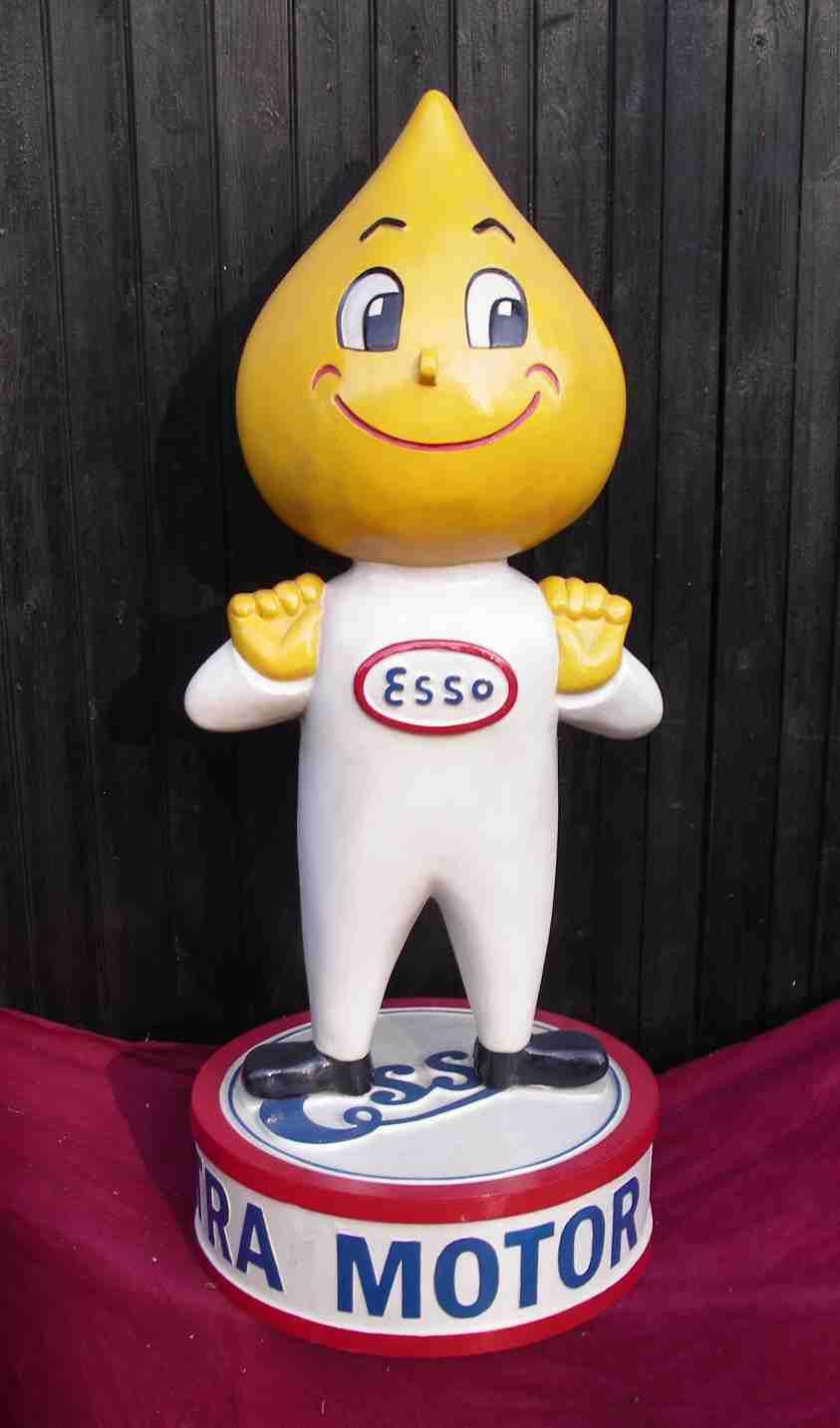
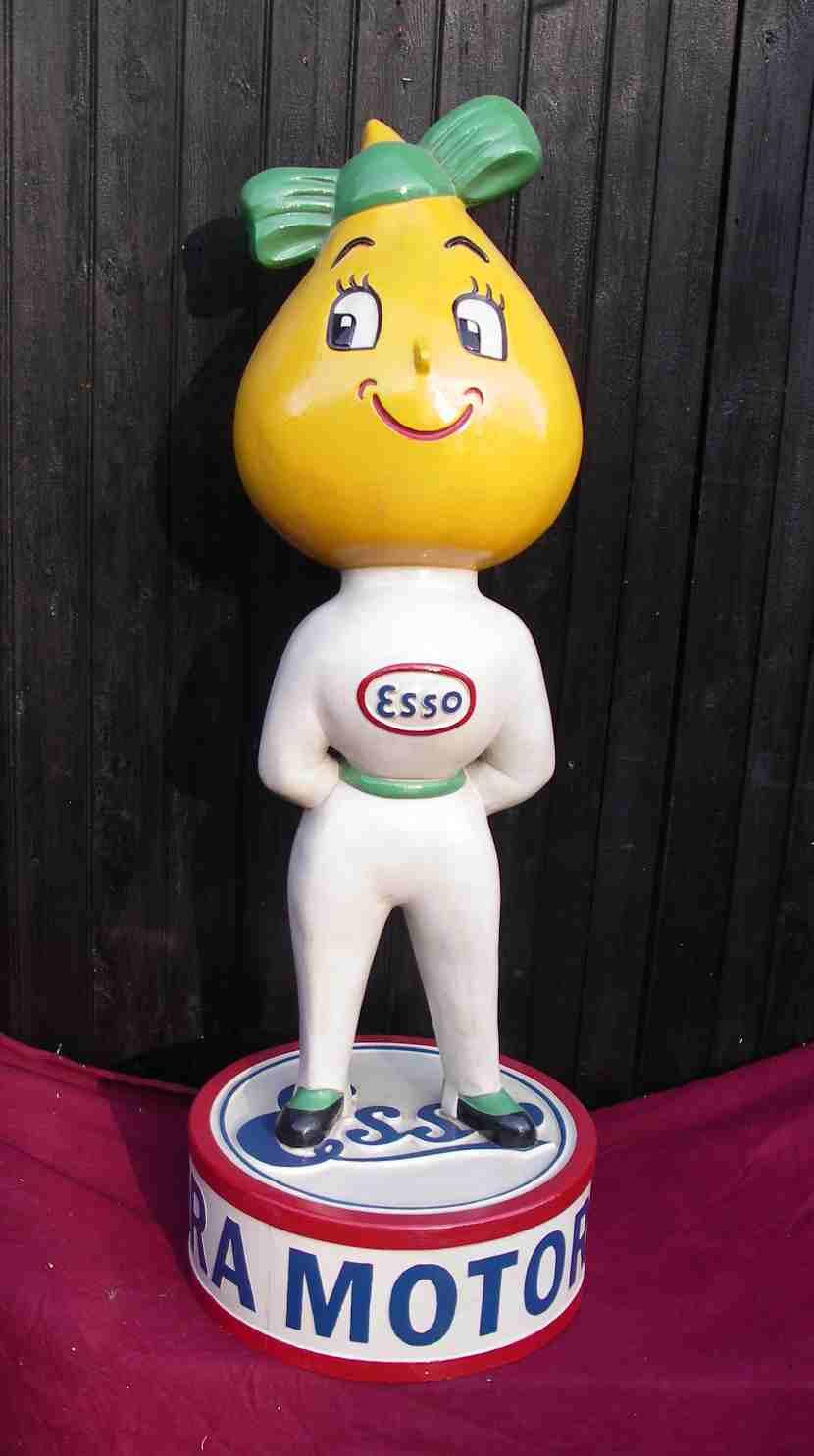

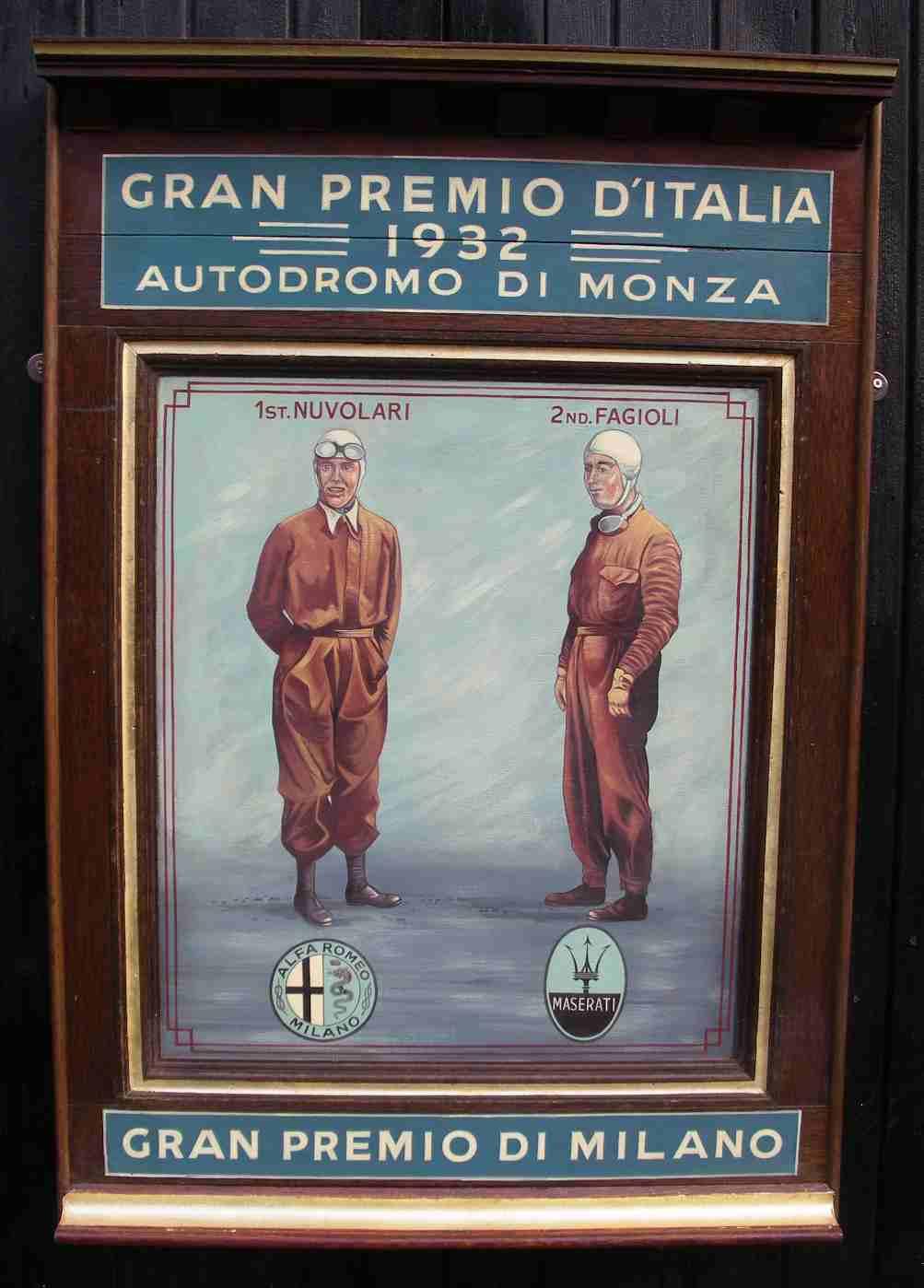

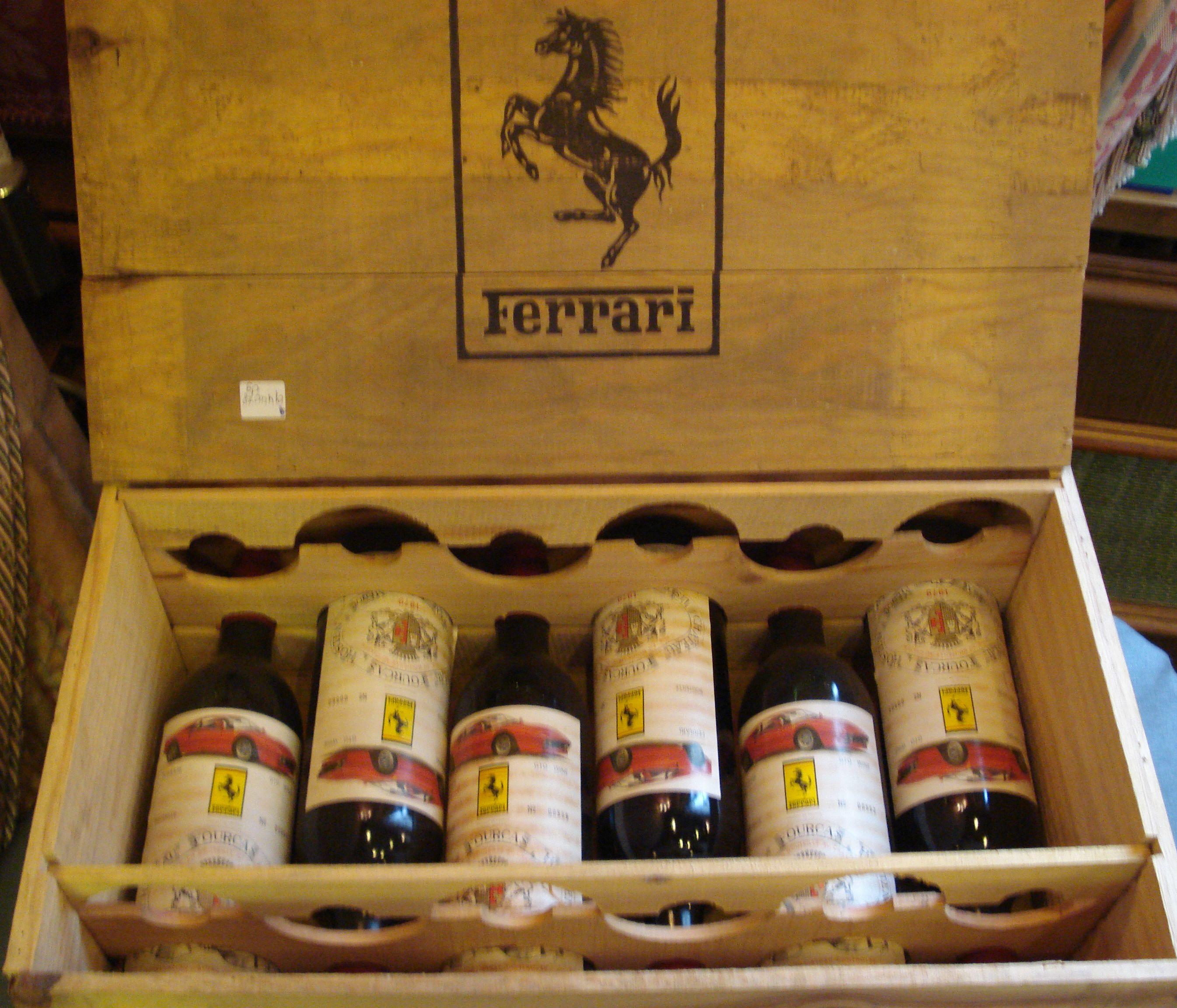
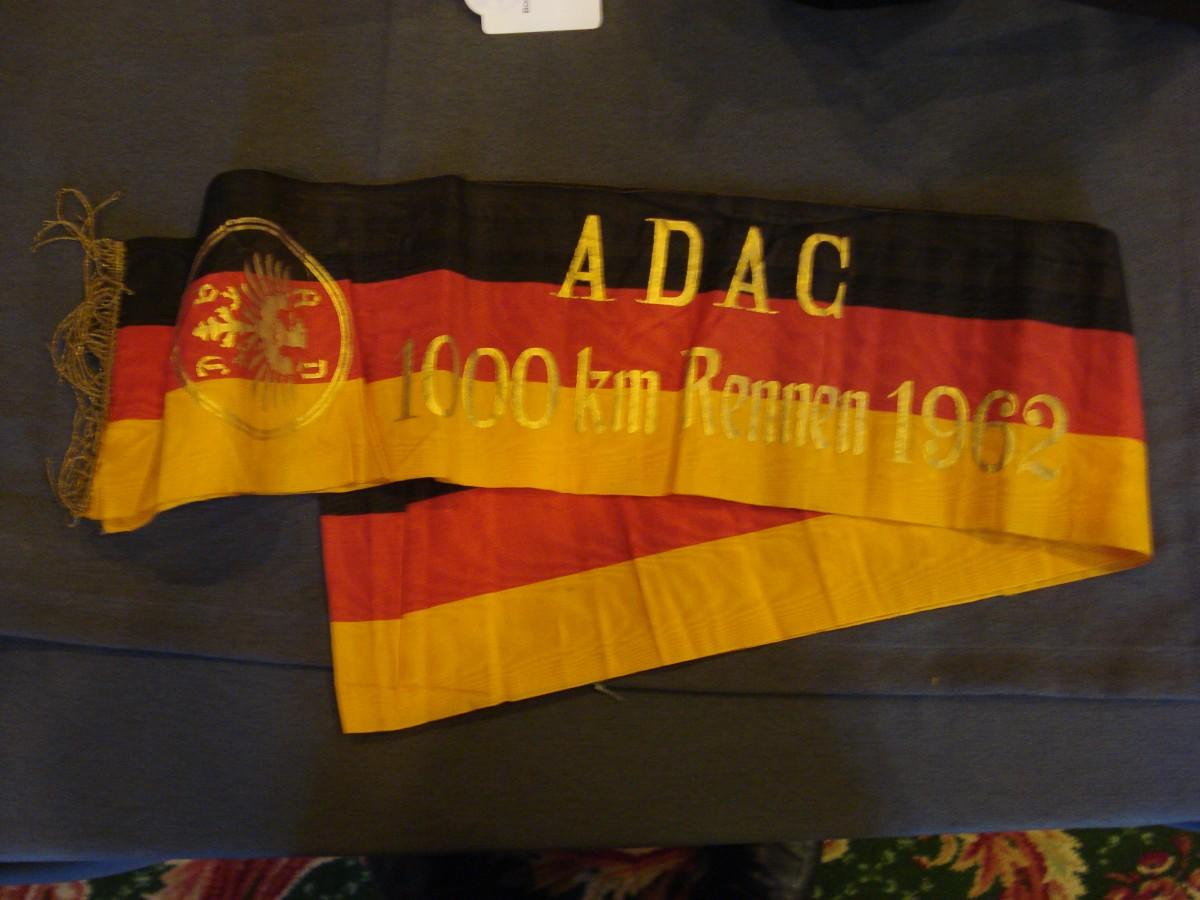
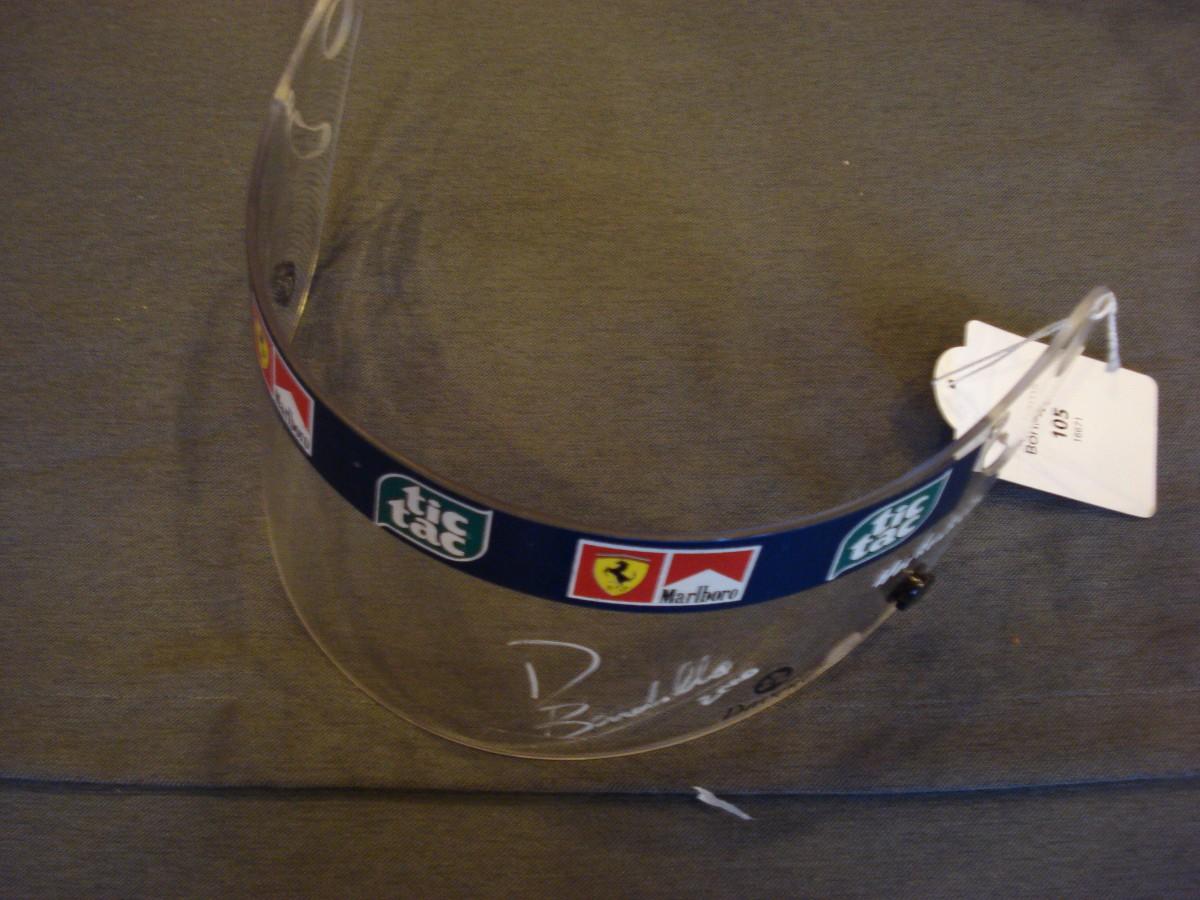
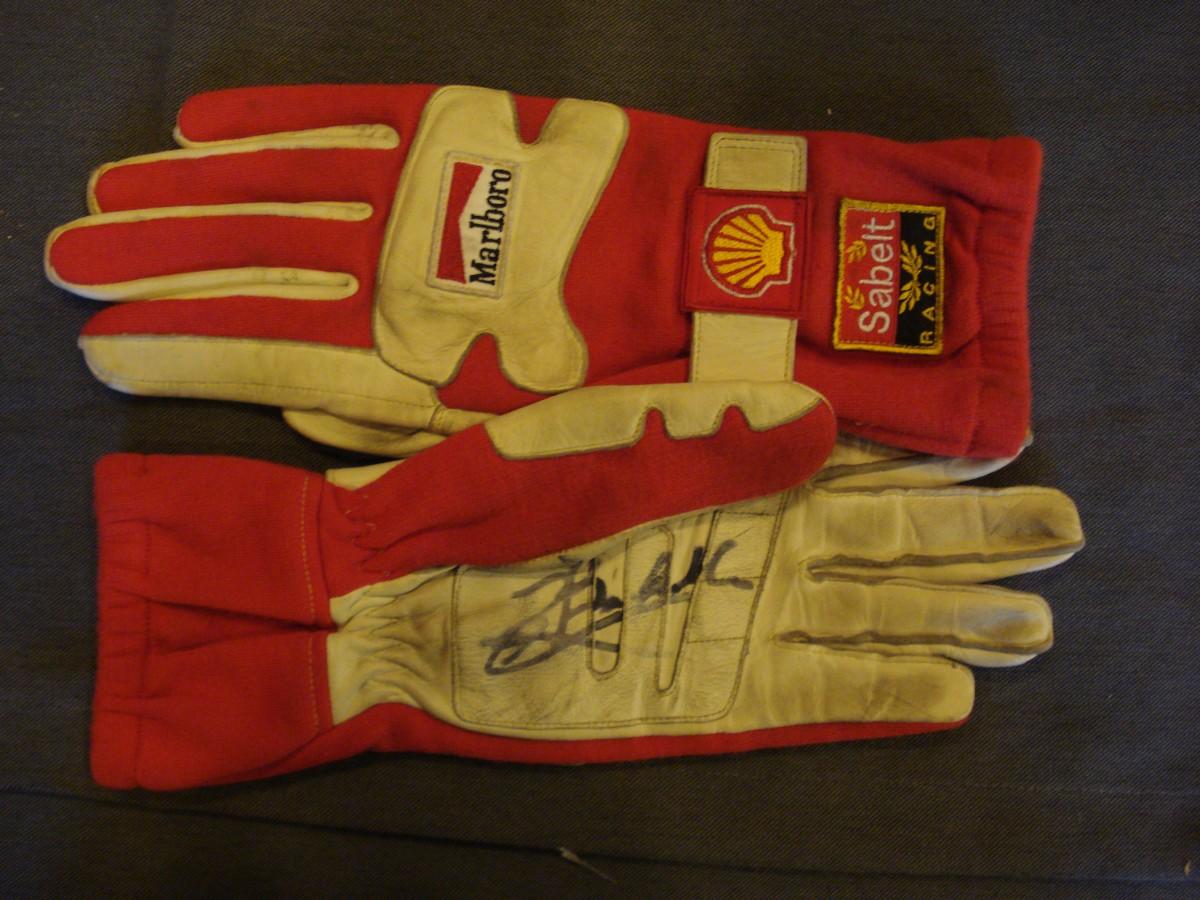
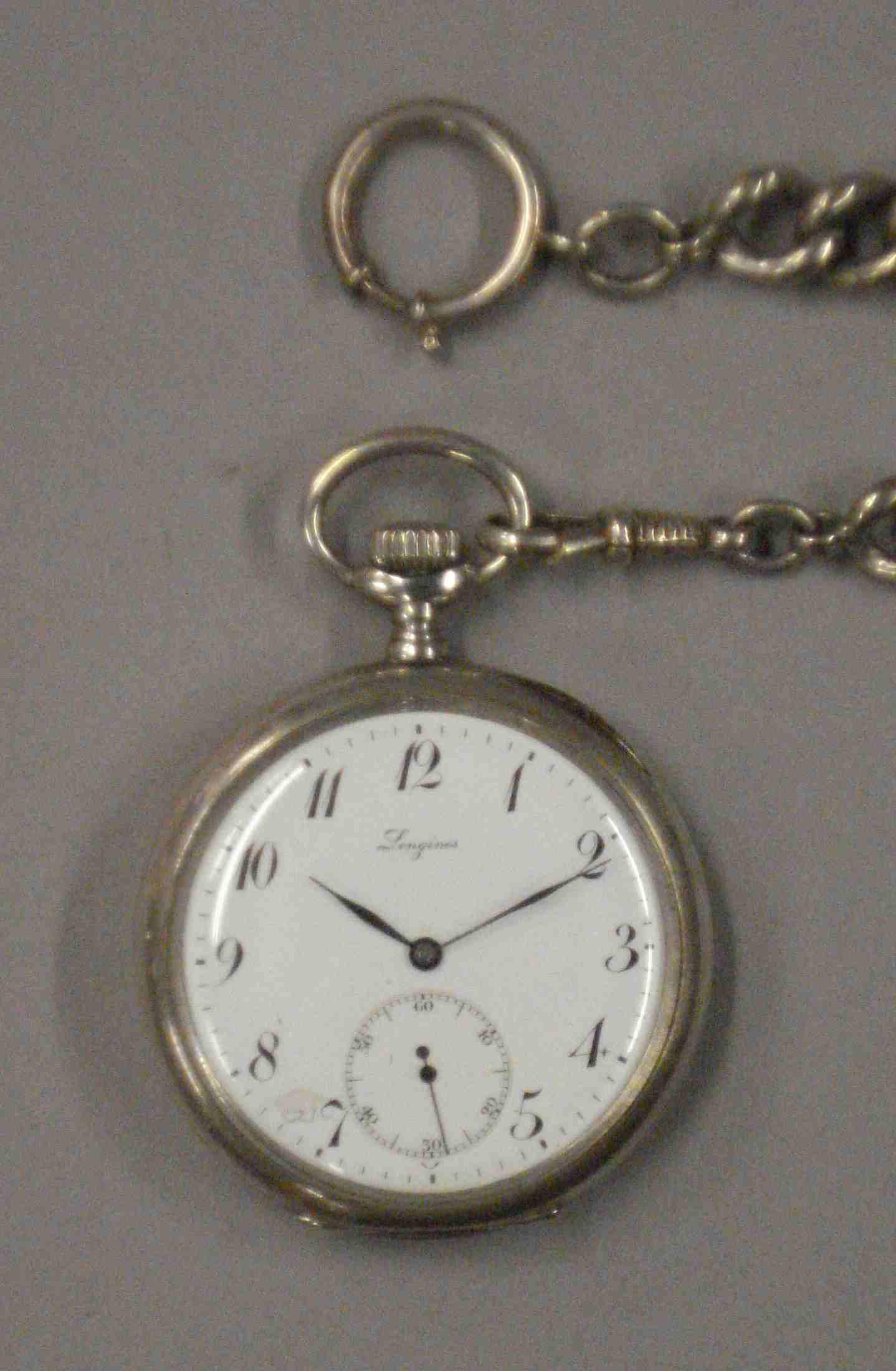
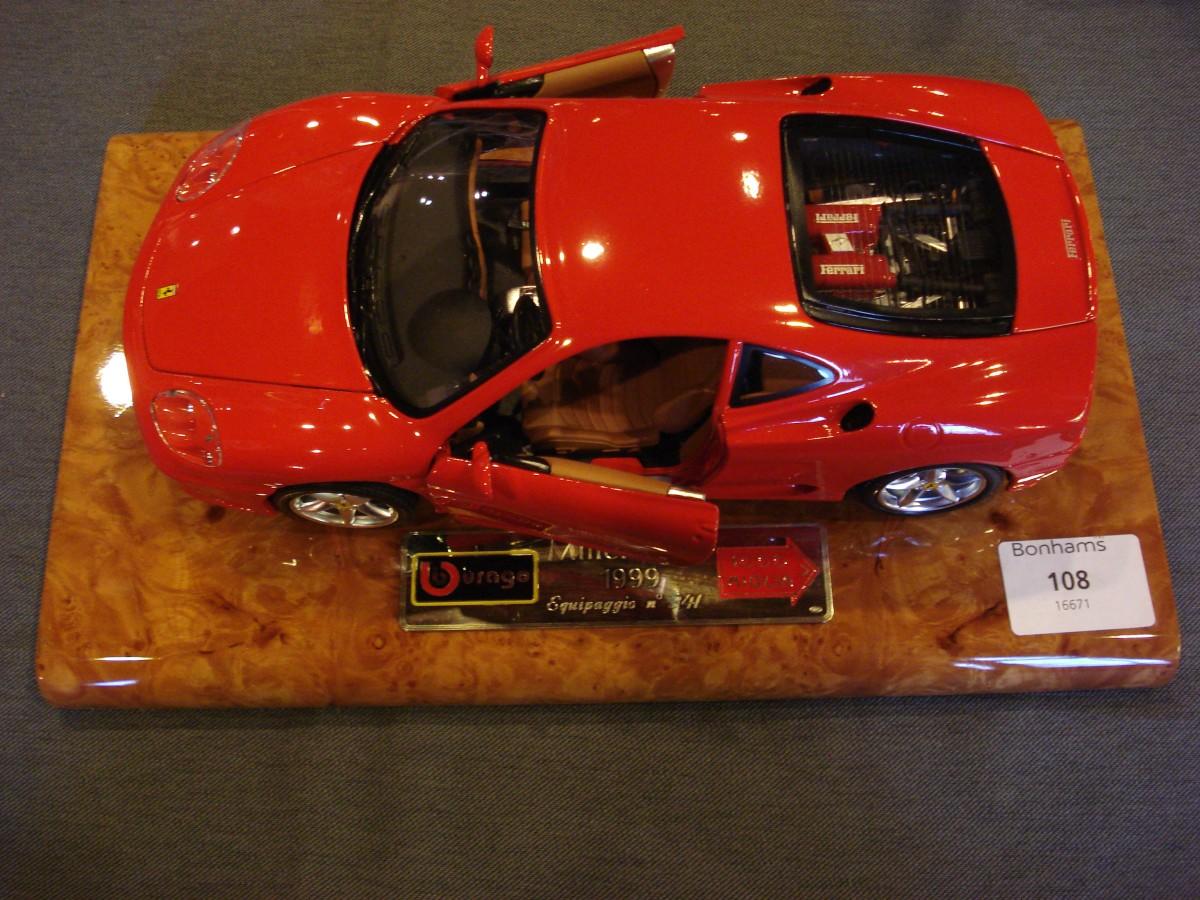
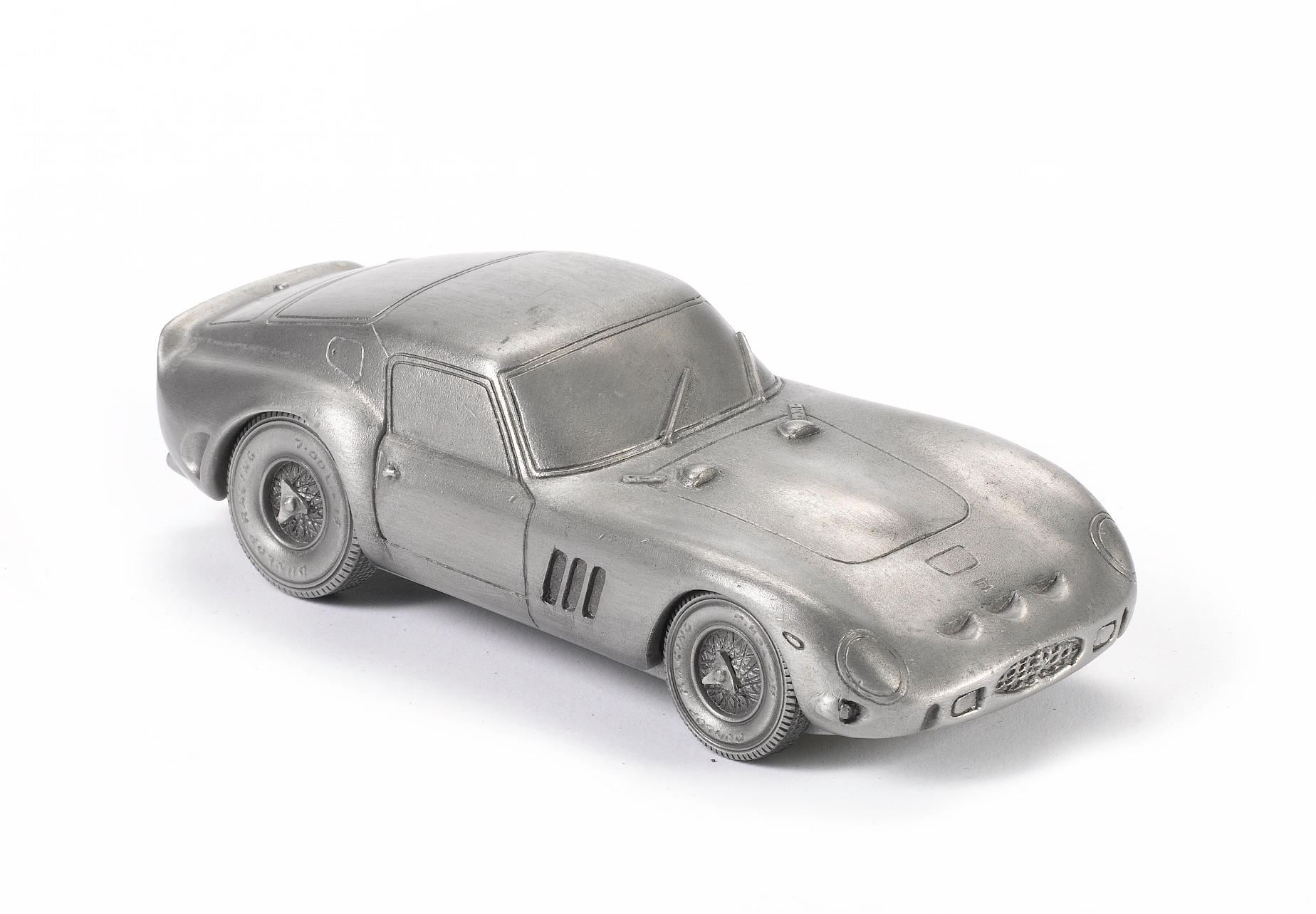
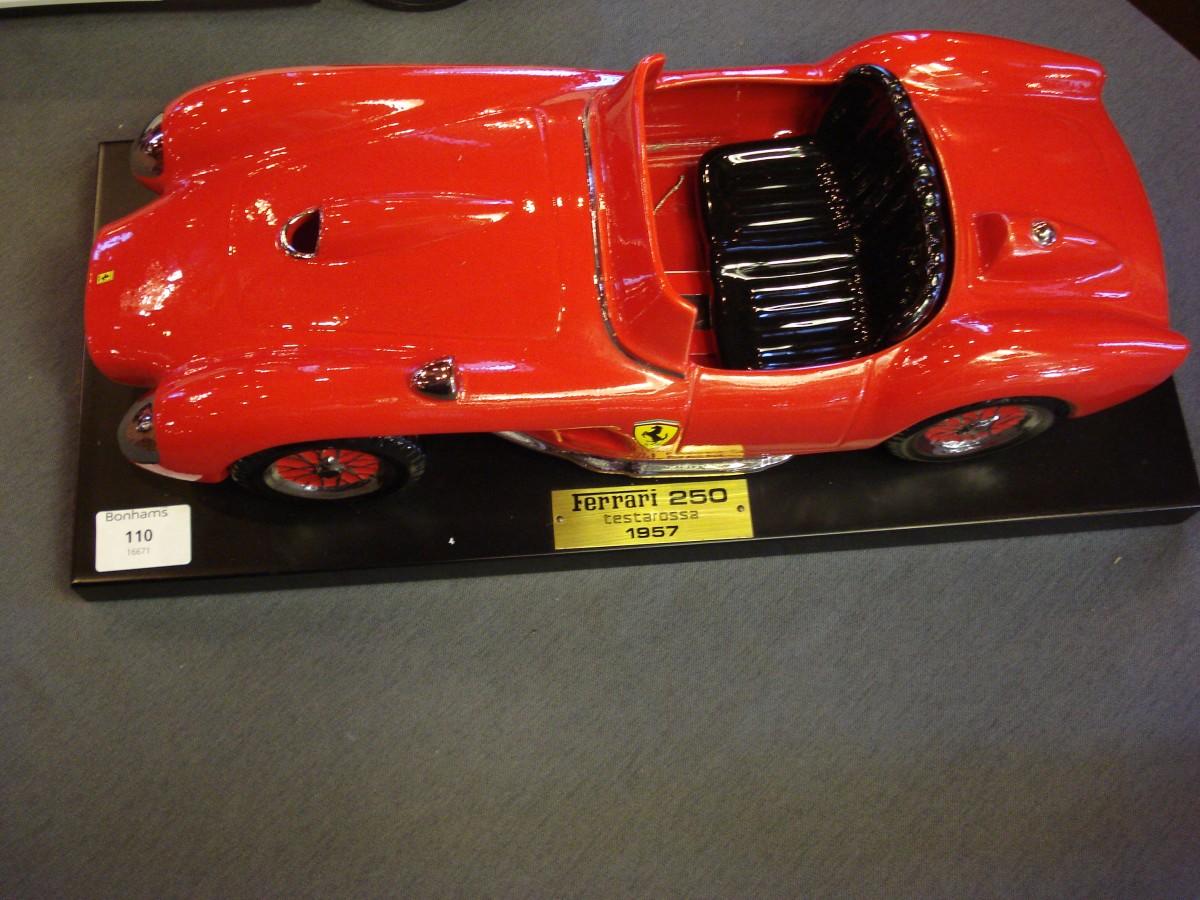
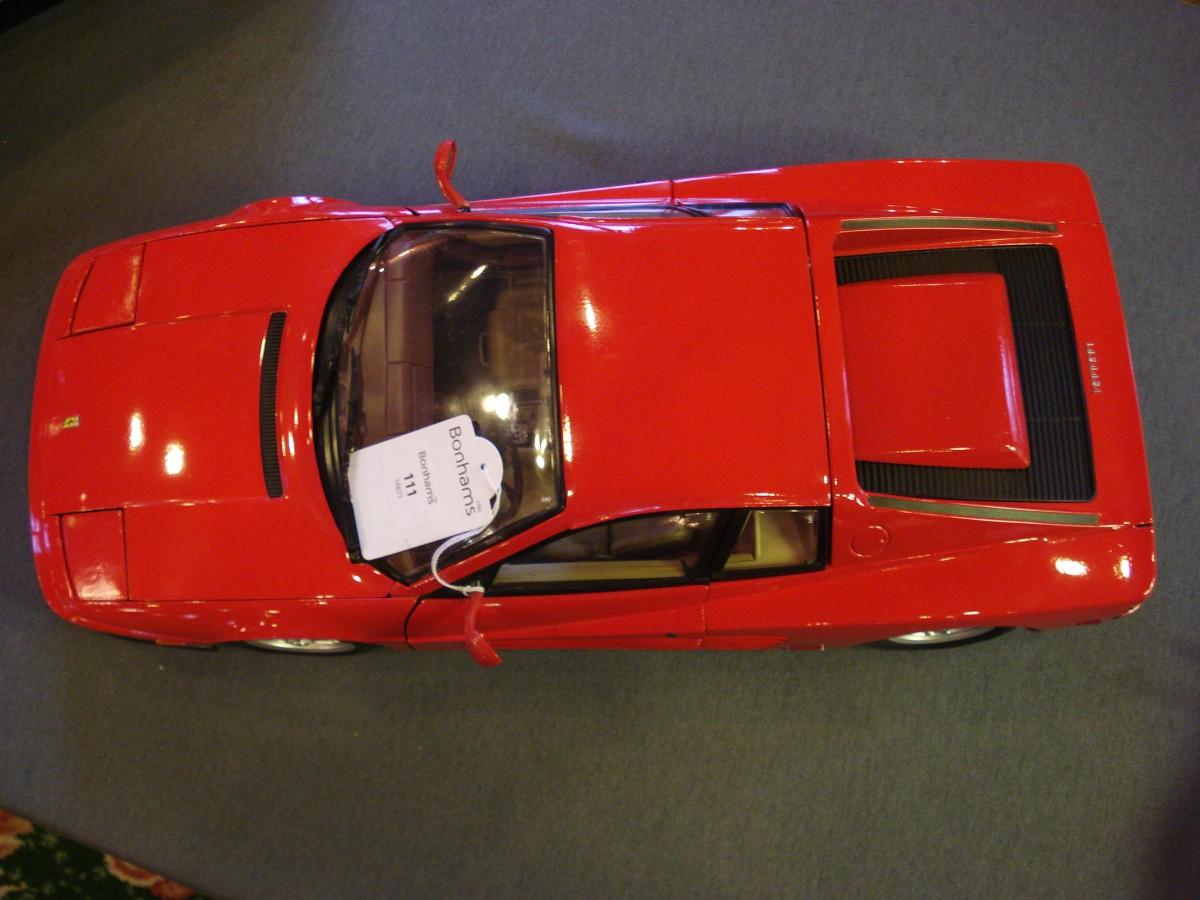
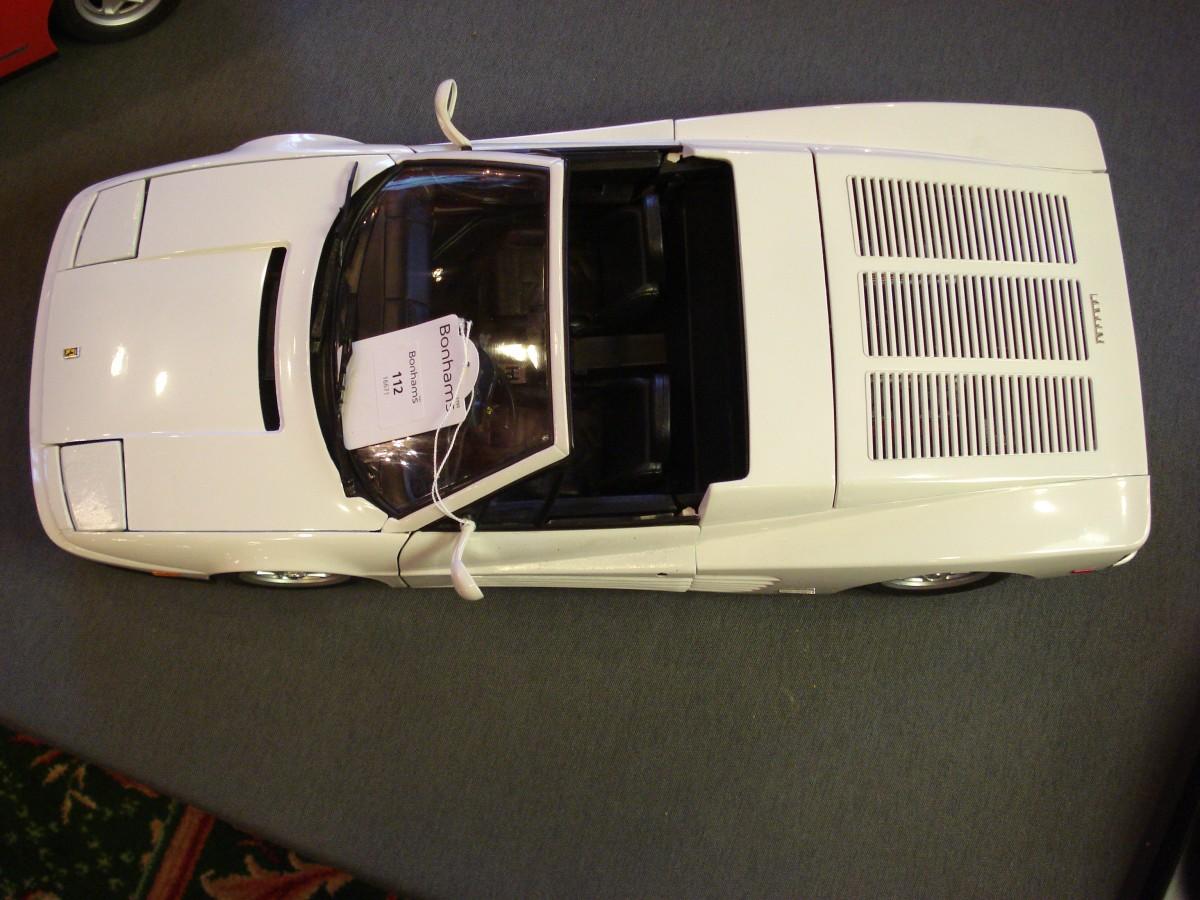
Try LotSearch and its premium features for 7 days - without any costs!
Be notified automatically about new items in upcoming auctions.
Create an alert